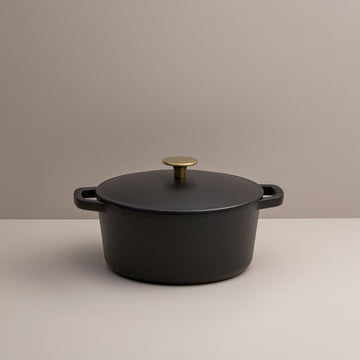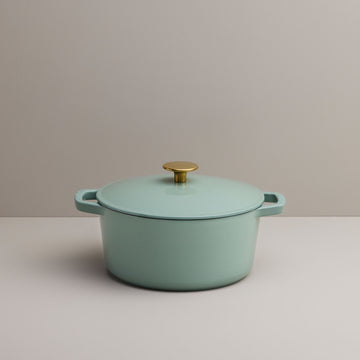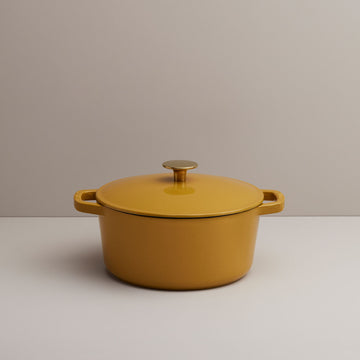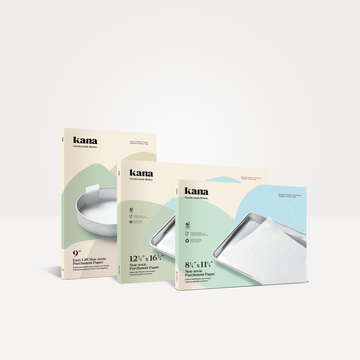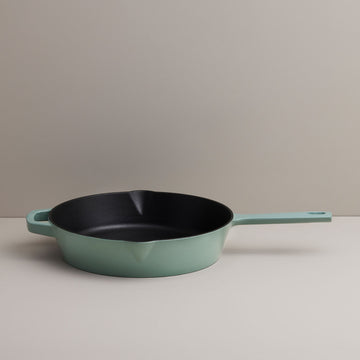No matter which brand you’re looking at, you’re likely to find a Dutch oven between five and six quarts on offer. There’s a reason this one is spot on 5.5 quarts, after all. A true kitchen staple, it has a generous interior while still being easy to move (even when full of delicious food).
Dutch oven bread recipes often call for a 5.5-quart pot, which makes these Dutch ovens more desirable for baking, which inspires more recipes — and the delicious cycle continues.
All that to say, if you don’t have a Dutch oven yet, a 5.5-quart Dutch oven will set you up for decades of baking. Not too big and not too small, it’s the perfect size for baking a large, shareable loaf of bread.
What size Dutch Oven do I need to bake bread?

While it might seem simple at first, the question “what size Dutch oven is best for baking bread?” has as many answers as there are bread recipes on Pinterest. That said, if you don’t own a Dutch oven yet, or you’re just getting started, there is one size of Dutch oven that will get the job done really well.
5.5-quart Dutch Oven: a true all-rounder
Can I cook bread in a smaller Dutch Oven?
If you already own a smaller Dutch oven, like this 3.5-quart Mini Dutch (or you think 5.5-quarts is a bit much) then good news! You can still cook all the bread recipes that were written for a larger Dutch.
There are a couple of things to keep in mind, however. For example, if you find yourself with a lot of dough, you might want to reduce the recipe by a third to fit nicely in the 3.5-quart Dutch oven. You could also divide the dough and cook two loaves instead, one after the other.
If you do this, keep in mind that it could affect the cooking time. You can check if a loaf is done by tapping it on the bottom and listening for a hollow sound. You can also use a food thermometer — if the loaf is 190 F (or 88 C) inside, it’s done.
While many bread recipes call for a 5.5-quart Dutch oven, there are some that are written especially for the 3.5-quart, like this tasty leek and potato loaf. Another benefit of using a 3.5-quart Dutch oven for baking loaves of bread is the convenience, especially if you regularly cook for just one or two people.
There are a couple of things to keep in mind, however. For example, if you find yourself with a lot of dough, you might want to reduce the recipe by a third to fit nicely in the 3.5-quart Dutch oven. You could also divide the dough and cook two loaves instead, one after the other.
If you do this, keep in mind that it could affect the cooking time. You can check if a loaf is done by tapping it on the bottom and listening for a hollow sound. You can also use a food thermometer — if the loaf is 190 F (or 88 C) inside, it’s done.
While many bread recipes call for a 5.5-quart Dutch oven, there are some that are written especially for the 3.5-quart, like this tasty leek and potato loaf. Another benefit of using a 3.5-quart Dutch oven for baking loaves of bread is the convenience, especially if you regularly cook for just one or two people.
So, which size Dutch oven should I choose?

The truth is, whatever size Dutch oven you have, you can make your baking dreams come true. If you’re buying your first Dutch oven, or you cook for four or more people regularly, a 5.5-quart Classic Dutch is a good choice. For those who want to have all the perks of a Dutch oven and save some space at the same time, you can’t go past the 3.5-quart Mini Dutch.
JOIN THE CLUB
Like this story?
You’ll love our newsletter!
You’ll love our newsletter!

Bread Baking Tips for Success
Now that you've selected your Dutch oven, the fun part starts - bread baking! These easy tips will help you feel like a pro in no time.
-
1If you find yourself with too much dough, you can split into two separate loaves
-
2Baking your bread in parchment paper makes it easy to remove the finished loaf
-
3Adding a pan of water to your oven helps bread rise during baking
-
4The internal temperature of a finished loaf of bread is 190F (88C)
Keep exploring
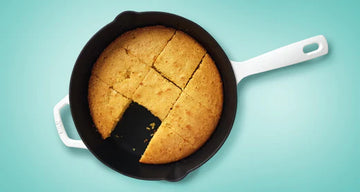
5 deliciously easy flour-free bread recipes
Simple bread recipes to make at home when you're running short on wheat flour.
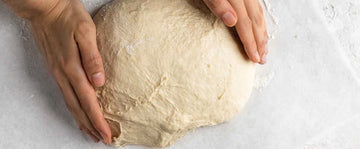
Demystifying gluten
You’ve definitely heard of gluten, but do you know how it plays a role in baking? Today we’re diving into the science behind gluten and sharing tips for understanding it in your baking.
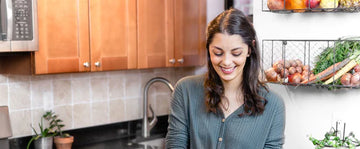
An interview with Julia Estrada, Kana's newest baking queen
Julia Estrada is the face behind the delectable blog, Bread & Basil, and she certainly knows her way around the kitchen. Baking is her true love, and you'll often find her making artisanal breads in her New York City apartment.
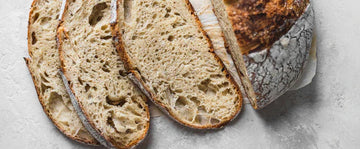
The proof is in the... proofing
The proofing process is an essential part of baking yeast-leavened goodies. Without it, you'll end up with a sad, flat pancake instead of that beautiful bread loaf you were hoping for. Yes, it takes some time to perfect the process, but once you've got it, you too can experience freshly-baked bread and pastries at home.
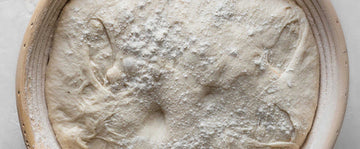
Proper proofing: how to work with yeast doughs
The most important technique to master when learning how to make bread and other yeasted treats is proofing, where all the rising happens. Today we’re going to learn how to proof bread dough for the best homemade loaves!
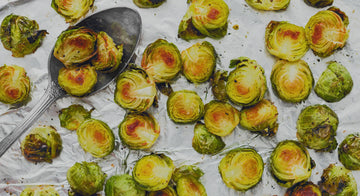
Is aluminum foil safe to cook with?
Aluminum foil may have been a kitchen pantry staple for the last 100 years but, as new research around food safety and environmental impact shows, it’s time we wrap up our love affair with this malleable metal.
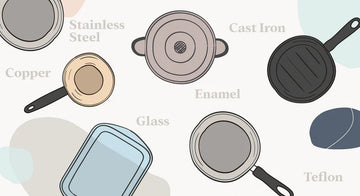
How to shop for non-toxic cookware and bakeware
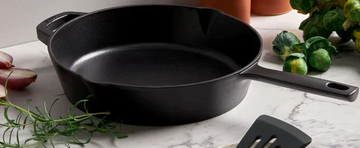
The Advantages of Enameled Cast Iron and Raw Cast Iron Cookware
Cast iron cookware comes in all shapes and sizes and are classified as kitchen staples all around the world. Here’s a look at why both raw and enameled cast iron Dutch ovens are perfect for any kitchen.
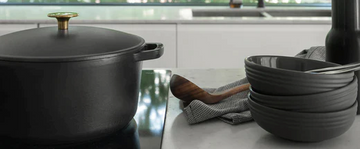
Why is it called a Dutch Oven?
While Dutch ovens have become a charming and familiar part of any modern kitchen, their name does lead to some confusion. What do the Dutch have to do with it? Isn’t it an English invention? And what about the French? It’s time to straighten things out.
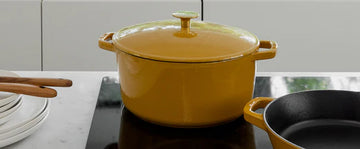
What is a Dutch Oven and why are they so popular?
The Dutch oven’s popularity has exploded in the last couple of years. If you’ve been wondering what this classic cooking pot brings to the table, read on.
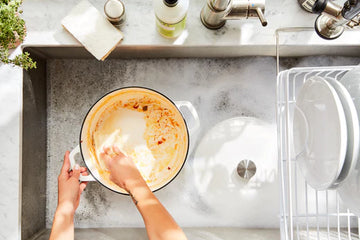
How to clean & season a cast iron Dutch Oven
Like with any cookware, there are times when your Dutch oven might get a little sticky, scorched or stained, but taken care of properly, your cast-iron cookware should last you well into the future.

Is aluminum foil safe to cook with?
Aluminum foil may have been a kitchen pantry staple for the last 100 years but, as new research around food safety and environmental impact shows, it’s time we wrap up our love affair with this malleable metal.

How to shop for non-toxic cookware and bakeware

The Advantages of Enameled Cast Iron and Raw Cast Iron Cookware
Cast iron cookware comes in all shapes and sizes and are classified as kitchen staples all around the world. Here’s a look at why both raw and enameled cast iron Dutch ovens are perfect for any kitchen.

Why is it called a Dutch Oven?
While Dutch ovens have become a charming and familiar part of any modern kitchen, their name does lead to some confusion. What do the Dutch have to do with it? Isn’t it an English invention? And what about the French? It’s time to straighten things out.

Crispy pizza at home: tips for the perfect crust
Have you ever made pizza at home, but been disappointed by a soggy or undercooked crust? There are tools and tricks to make homemade pizza just as good as delivery, whether you like thin or thick crust.

What is a Dutch Oven and why are they so popular?
The Dutch oven’s popularity has exploded in the last couple of years. If you’ve been wondering what this classic cooking pot brings to the table, read on.

5 deliciously easy flour-free bread recipes
Simple bread recipes to make at home when you're running short on wheat flour.

The Advantages of Enameled Cast Iron and Raw Cast Iron Cookware
Cast iron cookware comes in all shapes and sizes and are classified as kitchen staples all around the world. Here’s a look at why both raw and enameled cast iron Dutch ovens are perfect for any kitchen.

The proof is in the... proofing
The proofing process is an essential part of baking yeast-leavened goodies. Without it, you'll end up with a sad, flat pancake instead of that beautiful bread loaf you were hoping for. Yes, it takes some time to perfect the process, but once you've got it, you too can experience freshly-baked bread and pastries at home.

Proper proofing: how to work with yeast doughs
The most important technique to master when learning how to make bread and other yeasted treats is proofing, where all the rising happens. Today we’re going to learn how to proof bread dough for the best homemade loaves!

Why is it called a Dutch Oven?
While Dutch ovens have become a charming and familiar part of any modern kitchen, their name does lead to some confusion. What do the Dutch have to do with it? Isn’t it an English invention? And what about the French? It’s time to straighten things out.

What is a Dutch Oven and why are they so popular?
The Dutch oven’s popularity has exploded in the last couple of years. If you’ve been wondering what this classic cooking pot brings to the table, read on.

Kana Parchment Paper is PEFC-Certified - here's what that means
Supporting sustainable forestry is a powerful way we can all work to revitalize the Earth's forests after decades of destruction.
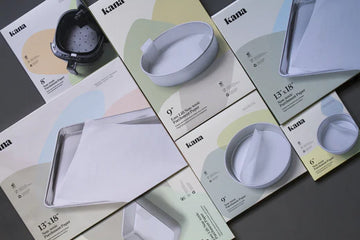
3 ways to a healthier kitchen with Parchment Paper
With its nonstick, heat-resistant and greaseproof surface, parchment paper is a must-have for cooks who crave a healthier kitchen.
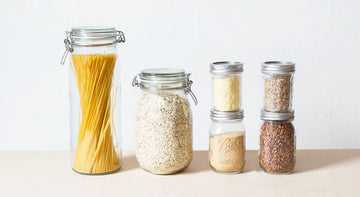
Essential items for your eco-friendly kitchen
The kitchen is a great place to start when moving toward a more eco-friendly home. Here are some kitchen essentials you can easily make eco-friendly swaps for today.
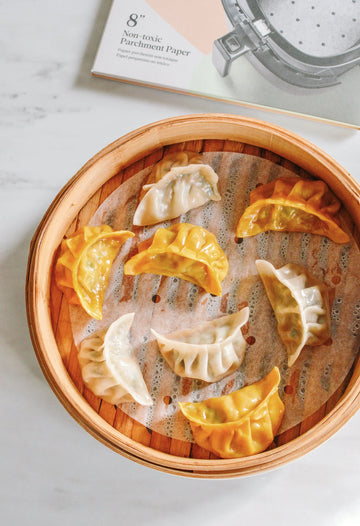
How to fold and steam homemade chinese dumplings

The proof is in the... proofing
The proofing process is an essential part of baking yeast-leavened goodies. Without it, you'll end up with a sad, flat pancake instead of that beautiful bread loaf you were hoping for. Yes, it takes some time to perfect the process, but once you've got it, you too can experience freshly-baked bread and pastries at home.

Proper proofing: how to work with yeast doughs
The most important technique to master when learning how to make bread and other yeasted treats is proofing, where all the rising happens. Today we’re going to learn how to proof bread dough for the best homemade loaves!
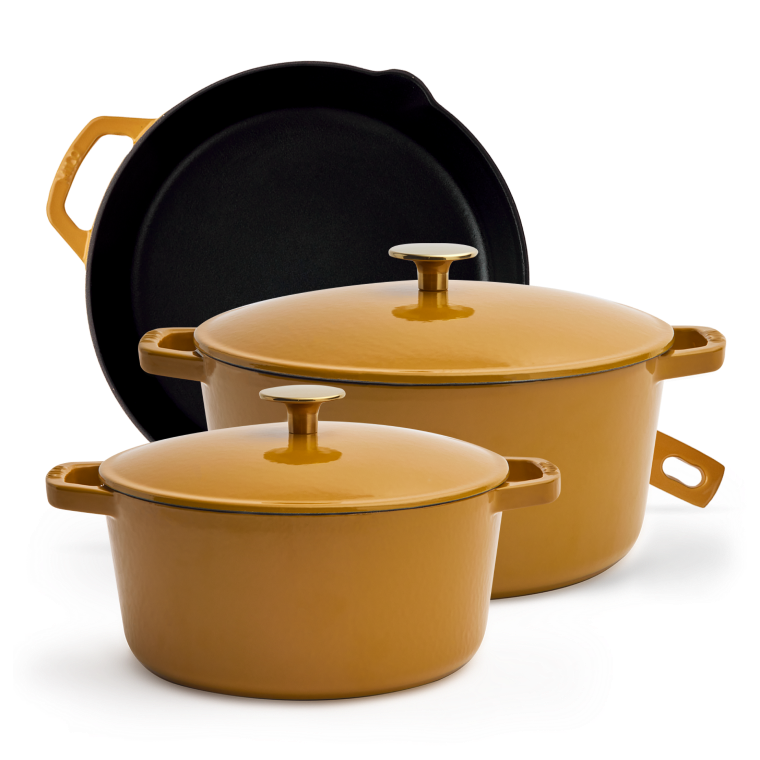
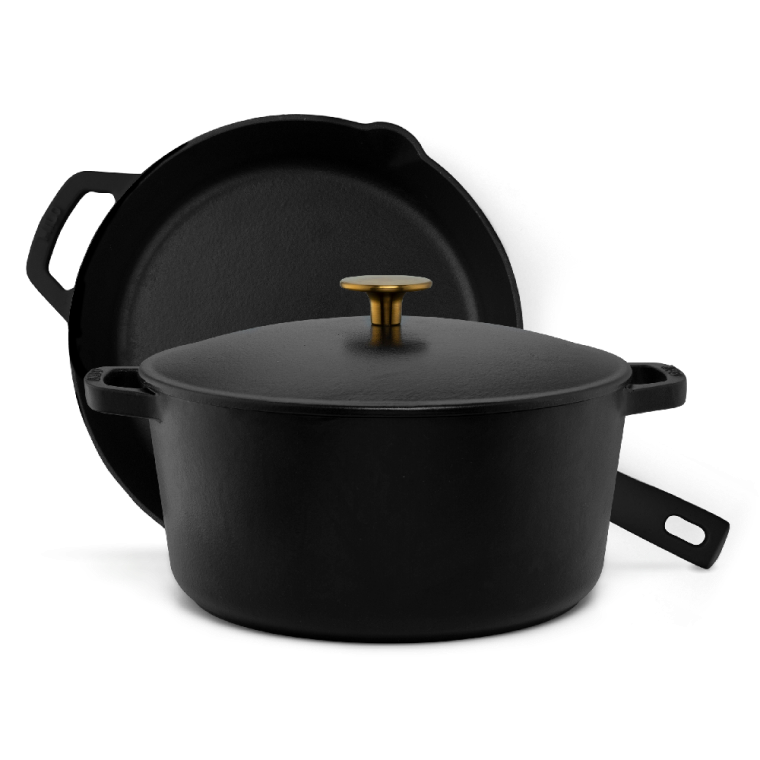

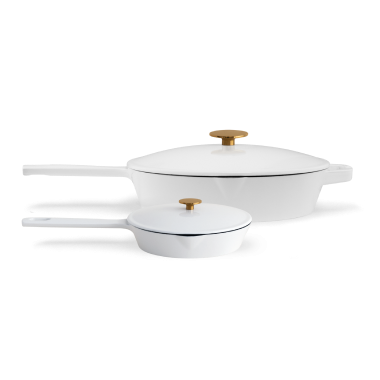


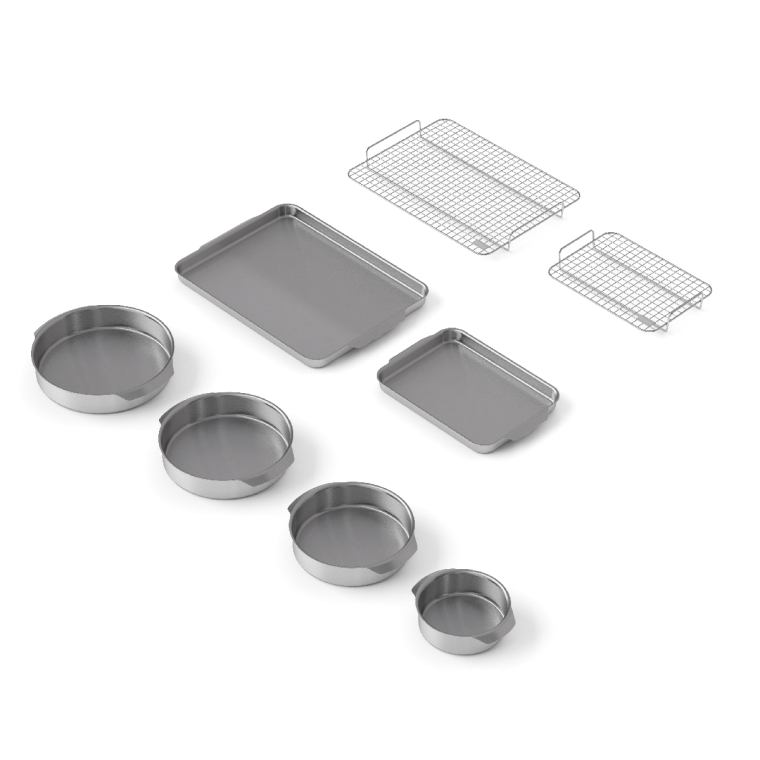
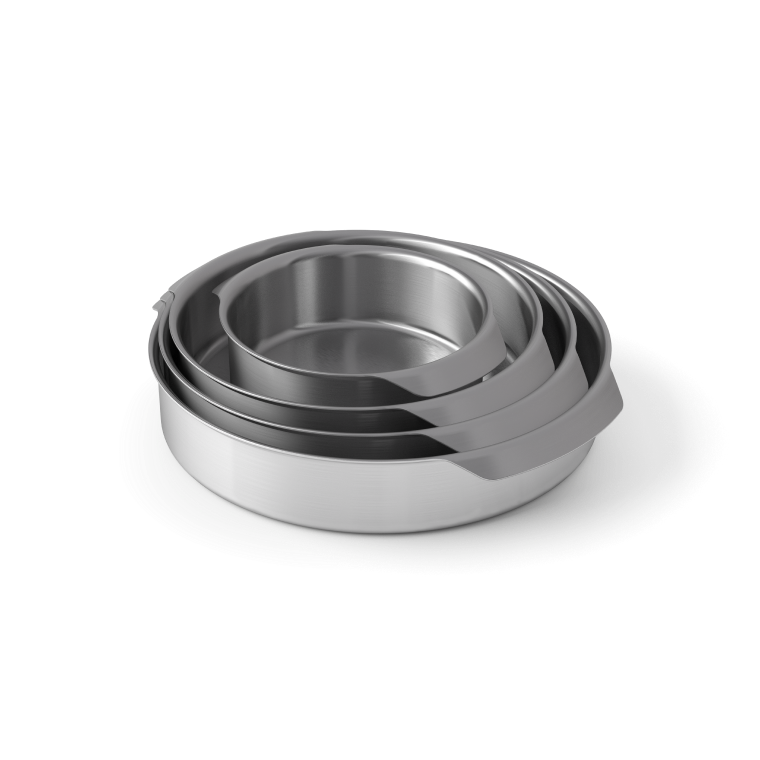


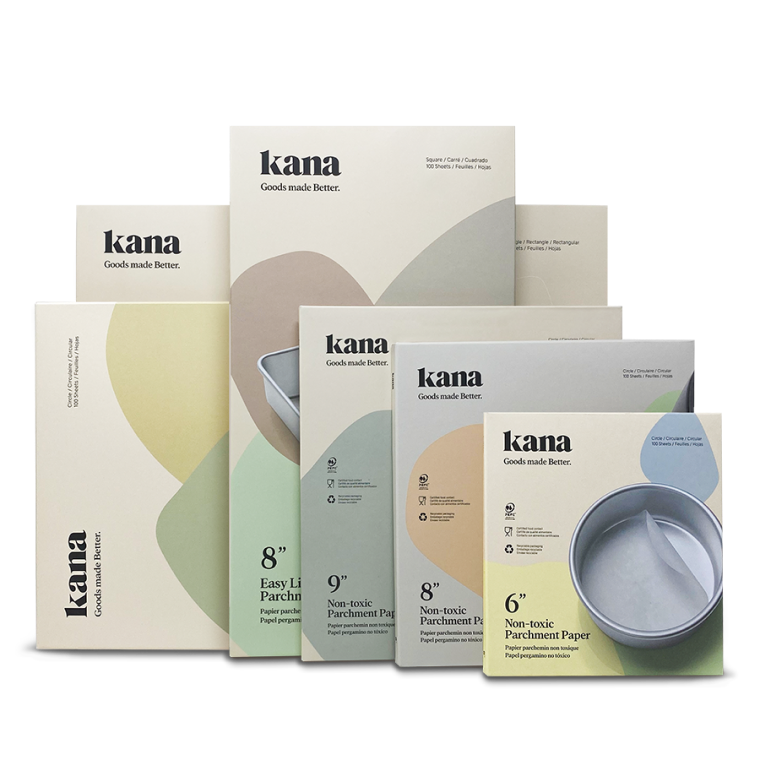






 3.5 Quart Dutch Oven
3.5 Quart Dutch Oven
 5.5 Quart Dutch Oven
5.5 Quart Dutch Oven

